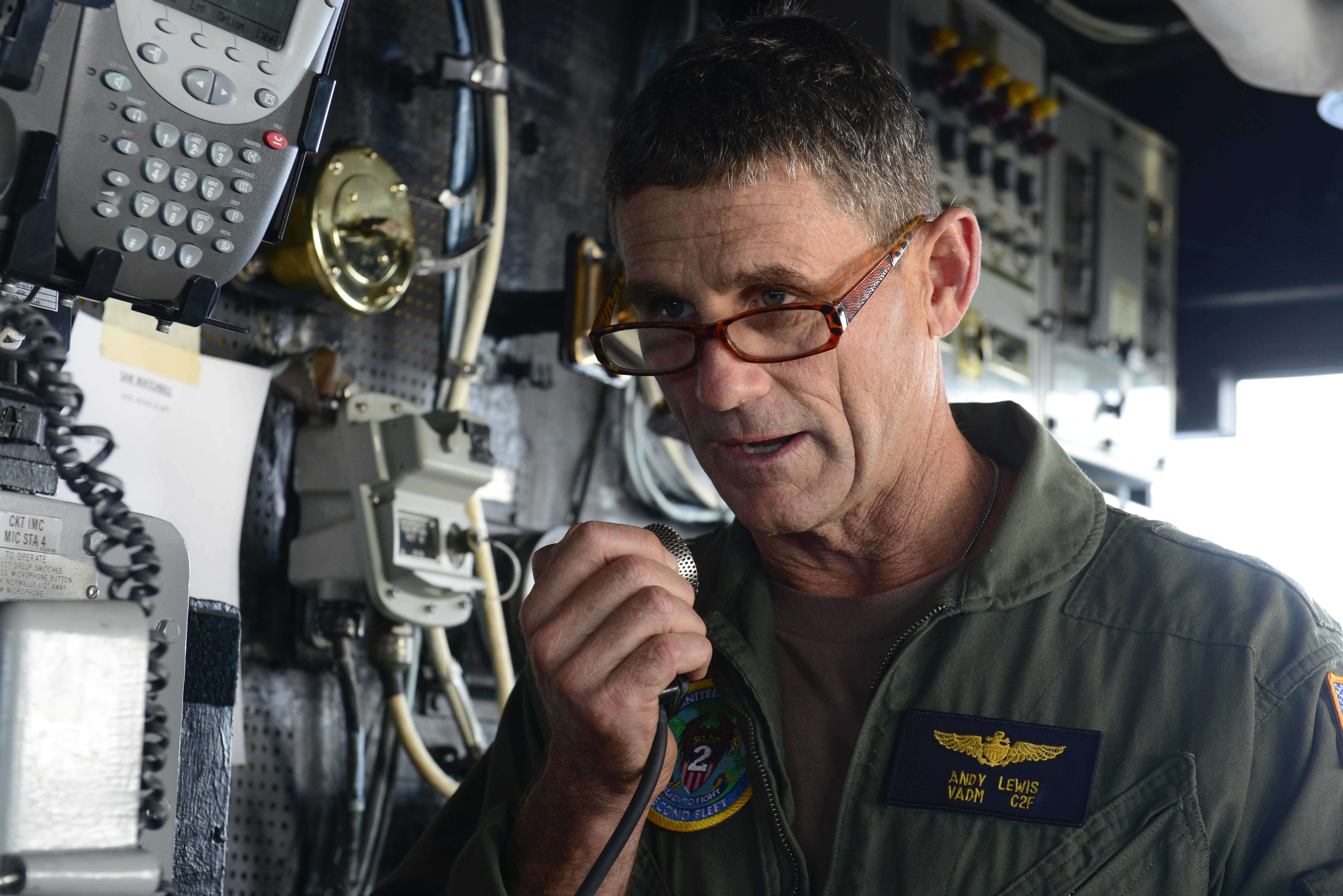
THE PENTAGON – A massive U.S.-led NATO and European partner exercise is kicking-off near Russia in the Baltic Sea and led by the Norfolk, Va.-based U.S. 2nd Fleet.
This year’s BALTOPS involves ships, aircraft and 8,500 personnel from 18 NATO and European partner nations, U.S. 2nd Fleet commander Vice Adm. Lewis told reporters on Friday. This is the first exercise conducted under the leadership of reestablished 2nd Fleet, which was declared operational last week.
“No one nation can face today’s challenges alone. Our partner and NATO alliances must continue to strengthen our deterrence and defense efforts and adapt through improving readiness and responsiveness,” Lewis said during a Friday morning teleconference with reporters.
The BALTOPS 2019 exercise will also practice amphibious operations in the Baltic Sea, including a scheduled landing in Klaipeda, Lithuania next week. About 90 miles down the coast, Russia maintains a large Soviet-era naval base in Kaliningrad, a Russian controlled enclave wedged between Poland and Lithuania.
“It’s also a really good opportunity to operate with the U.S. amphibious forces in the NATO amphibious leaders symposium construct and we’re putting to test some command and control arrangements which we really haven’t had the opportunity to execute thus far,” said Rear Adm. Andy Burns, the commander of the United Kingdom Maritime Forces, and acting as Lewis’ deputy for the exercise.
So far, Lewis and Burns said they hadn’t noticed any unsafe or otherwise out of the ordinary behavior from the Baltic Sea Russian fleet.
Earlier on Friday, USNI News reported a Russian Udaloy-class destroyer came within 100 feet of the U.S. cruiser USS Chancellorsville (CG-82) in the Philippine Sea in an incident, the U.S. Navy called “Unsafe and unprofessional.
“We recognize that Russia is a Baltic Sea state and therefore we would expect some interaction because they will be exercising their freedom to operate on the high seas alongside us, and as Adm. Lewis has pointed out, we’re prepared for that, but we’d expect them to act in a professional manner and follow the law of the sea” Burns said.
Lewis and Burns do recognize there’s a possibility for Russian interference and said BALTOPS plans for such theoretical interactions. For instance, while the U.S. did not send an aircraft carrier to the exercise, and doesn’t plan to in the future, Lewis said Spain contributed an amphibious assault ship carrying Harrier jets and similar in design to the U.S. Navy’s Wasp-class. This ship can provide air cover to the exercise, Lewis said.
“I don’t see that as a provocation, but I do consider it to be a contribution to deterrence,” Lewis said of the Spanish ship. “We are very aware of the difference between deterrence and provocation, and we’re not interested in provoking anyone.”





